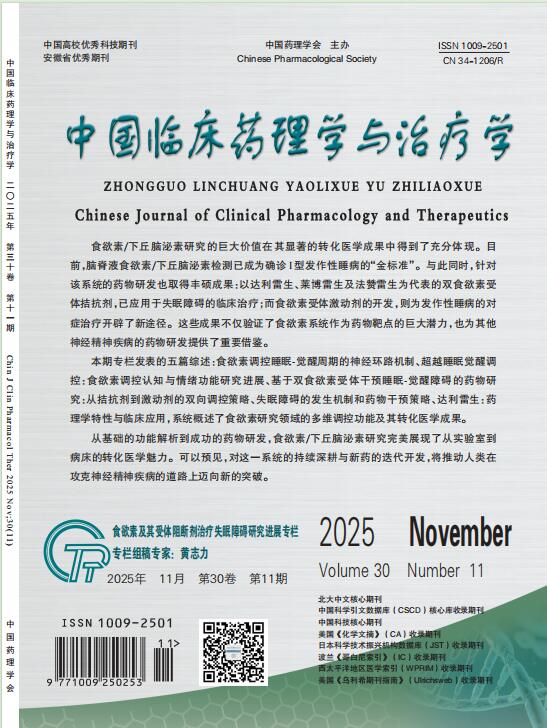AIM: To investigate the effect of Qiteng Xiaozhuo granule on inflammation indexes in rats with chronic glomerulonephritis (CGN) through miR-339-5p. METHODS: CGN model was established by adriamycin (ADR) injection into tail vein of rats. Qiteng Xiaozhu granules (21.6, 10.8, 5.4 g/kg) of different doses were intragastric-fed for 30 days. Pathological changes in kidney tissues of CGN rats were observed by HE staining and electron microscopy. The contents of IL-1β, IL-6, IL-10 and TNF-α in serum and kidney tissue of CGN rats were detected by qRT-PCR, ELISA and Western blot. Relative expressions of miR-339-5p, Syk and p-Syk proteins were detected by Western blot, the relative expressions of miR-339-5p mRNA and Syk mRNA were detected by qRT-PCR. RESULTS: There were thickening of basement membrane and glomerular atrophy in the model group. Compared with the normal group, the expression of miR-339-5p and IL-10 in the model group was significantly down-regulated, while the expression of IL-1β, IL-6, TNF-α and Syk was significantly up-regulated. Qiteng Xiaozhuo granule group could significantly reduce the protein and mRNA expression levels of IL-1β, IL-6, TNF-α, Syk in kidney tissue.CONCLUSION: Qiteng Xiaozhuo granule may down-regulate the expression of inflammatory factors through miR-339-5p in the treatment of inflammatory symptoms in CGN rats.


